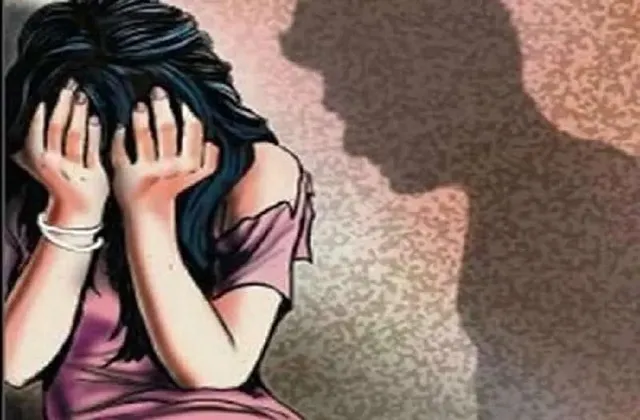

Bhadrak, Dec 25: While a minor girl’s brutal rape & murder in Odisha’s Bhadrak has wreaked a massive row across the state, another rape case came to light on Thursday.
A rape survivor reportedly attempted suicide in Bhadrak following her modesty was outraged by a miscreant and sustained sexual assault.
She was rescued in a critical condition and rushed to Bhadrak hospital for resuscitation. However,she was later shifted to a private hospital in Cuttack, as her health condition further deteriorated.
Police on being informed, has visited the spot. Based on the family members’ input a youth, hailing from the Dhamnagar area, has been detained in this connection.
Comment of police in this connection is yet to receive, as the investigation is in the pre-mature state.
Further updates are awaited…..